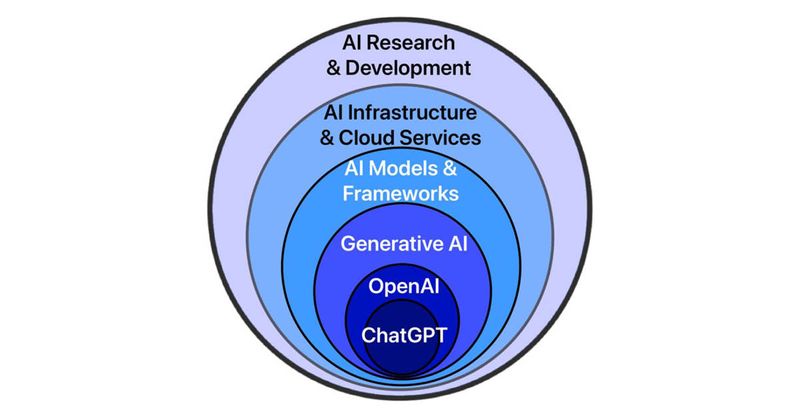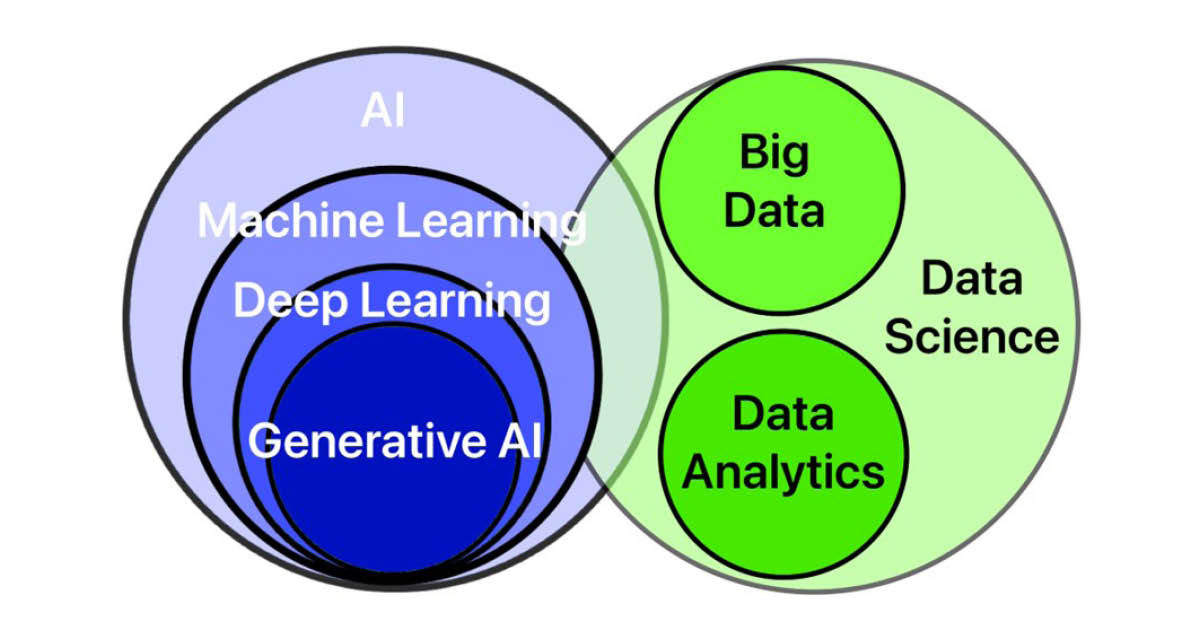BLOG: Overview of marketing transformation to AI
Click Here to Manage Email Alerts
Key takeaways:
- Success with AI-enabled marketing requires an effective implementation plan.
- Ophthalmology practices should strive more for human-directed AI marketing.
In the rapidly evolving landscape of marketing technology, or martech, the impact of digital transformation is riskier than ever, and ophthalmology practice marketing is no exception.
What do I mean by that?

Image: Peter J. Polack, MD, FACS
As pressure intensifies (and patient expectations rise), not just from other practices but also from corporate entities, traditional marketing strategies are required but insufficient to maintain a competitive edge. This is where AI could come into play, promising a powerful tool to revolutionize marketing efforts and drive better results.
But are those promises false?
In this post, I will present an overview of the potential role of AI in marketing transformation and how it could benefit ophthalmology practices.

Figure 2: A structured process for success with AI-enabled marketing.
Image: Peter J. Polack, MD, FACS
A quick note on the terminology: Much of the current excitement about AI mainly refers to such tools as Claude or ChatGPT (Figure 1). And as I discuss some of these concepts as they relate to marketing technology, I will refer to it as “AI-enabled marketing.” Later, I will attempt to show why we should strive more for what I call “human-directed AI marketing.”
Key areas of AI-enabled marketing
AI-enabled marketing encompasses several areas, but here are some of the more relevant ones for marketing your practice:
- Data analytics and insights. Data analytics (a subset of data science, Figure 2) focuses on past data to inform future decision-making. AI algorithms can process vast amounts of prospect activities if they are tracked. Couple that with prospect data like demographics, intent and psychographics.
- Personalization and targeting. By leveraging AI algorithms, your practice could deliver highly personalized marketing messages and experiences to individual prospects and patients. This would include tailored email campaigns, targeted social media messages and customized website content based on a prospect‘s activities on your site and on your channels.
For instance, an AI-powered chatbot on your website could prequalify candidates for LASIK consult eligibility. As we all know, there are a finite number of consult slots every week. Unfilled, they are like airplane seats: gone forever. AI would enable your refractive coordinators to assign slots to candidates who are viable by engaging visitors, answering questions and guiding prospects toward relevant services and resources, enhancing the patient experience and increasing conversions. And unlike your staff, these work 24/7/365. - Automation and optimization. AI tools can automate marketing workflows and repetitive tasks, such as email campaigns, social media posting, ad placement and dashboarding, saving time and staff resources (not to mention budget dollars). On a higher level, AI algorithms can continuously optimize marketing campaigns based on real-time performance data, ensuring that resources are allocated to the most effective channels and strategies.
As an example, some AI-powered ad platforms automatically adjust bids and targeting parameters to maximize the return on investment (ROI) for your practice’s online advertising. Finally, these tools can leverage leading indicators, allowing your practice to be more agile and maintain a competitive edge.
Challenges and considerations
OK, this sounds great. So, what stops us from doing this right now?
While much of this technology exists (and we’ll get into more specifics later in this series), there are also certain issues and opportunities.
- Systems integration. One key challenge is integration with existing martech systems. Practices must ensure that AI tools and AI platforms are seamlessly integrated with their existing marketing technology stack. Integration of automations and workflows is also critical to avoid disruptions and maximize efficiency.
Many marketing apps have an application programming interface (API) that allows them to communicate with other apps. The problem comes when an app or platform does not play well with others and your AI is left to twist in the wind. - Skills gaps and training. Implementing AI tools requires a certain level of technical expertise and knowledge. Do you have someone in-house that can manage these? Does your marketing agency? If not, you may need to invest in training and development programs to equip your marketing teams and ancillary staff with the necessary competencies to effectively leverage AI tools.
Two frequently overlooked competencies are critical thinking and systems thinking. Without them, your practice will be unable to perform the “big lift” of successfully adopting AI. AI doesn’t happen in a vacuum. You will be integrating AI technologies into your current marketing processes.
Critical thinking allows stakeholders to carefully evaluate the potential benefits, risks and ethical implications of AI adoption. Your decisions need to be based on sound reasoning, data and evidence. This is no time for FOMO, hype or “wish list” assumptions.
Systems thinking produces a holistic understanding of AI’s interaction with and impact on nonobvious components of your organization, best thought of as your understanding of the people, processes and existing technologies already present. Systems thinking helps identify bottlenecks and opportunities, not to mention avoiding unintended consequences.
Together, these two competencies inform a very comprehensive AI adoption strategy that aligns with practice values, goals and resources. - Change management. This refers to the general readiness of an organization to address new challenges. Poorly managed change will scuttle even the best-planned and well-intentioned AI project.
When our practice migrated to EHR in 2008, the project was in danger of being undermined by a minority of partners who didn’t want to change from paper charts. But having an innovation-focused mindset and multiple approaches to ensure buy-in kept us on track, and that’s what kept change resistance from scuttling our EHR launch. Similarly, your adoption of AI-enabled marketing processes and technologies requires a shift in culture within the organization to ensure success.
Next steps
To embark on the journey of AI-enabled marketing transformation, practice marketing stakeholders should take a look at these next steps. (Hint: Look at each as a work product deliverable. A priority list, a score, a dashboard, a plan — you get the picture.):
- Conduct a martech audit. Assess your current martech stack and identify gaps and opportunities for AI assistance. What do you have? What do you need? Are there turnkey (or bespoke) solutions available?
- Identify key metrics for AI marketing success. Define clear and measurable key performance indicators and objectives and key results that align with the practice’s overall business goals. What are you trying to measure/accomplish? What views of marketing performance matter most? This may include data such as patient acquisition rates, conversion rates, ROI and patient satisfaction scores.
- Develop an implementation plan. Create a roadmap for AI-enabled marketing transformation that outlines the specific initiatives, timelines and resources required. Similar to an EHR rollout, a phased approach can help ensure a smooth and successful implementation while minimizing disruption to ongoing marketing efforts. But start by picking something small. I suggest something like a website lead capture bot. Depending on how many services you offer, there are probably 20 types of AI chatbot conversations you could hold with prospects.
Next blog : A structured process for success with AI-enabled marketing.
Collapse
